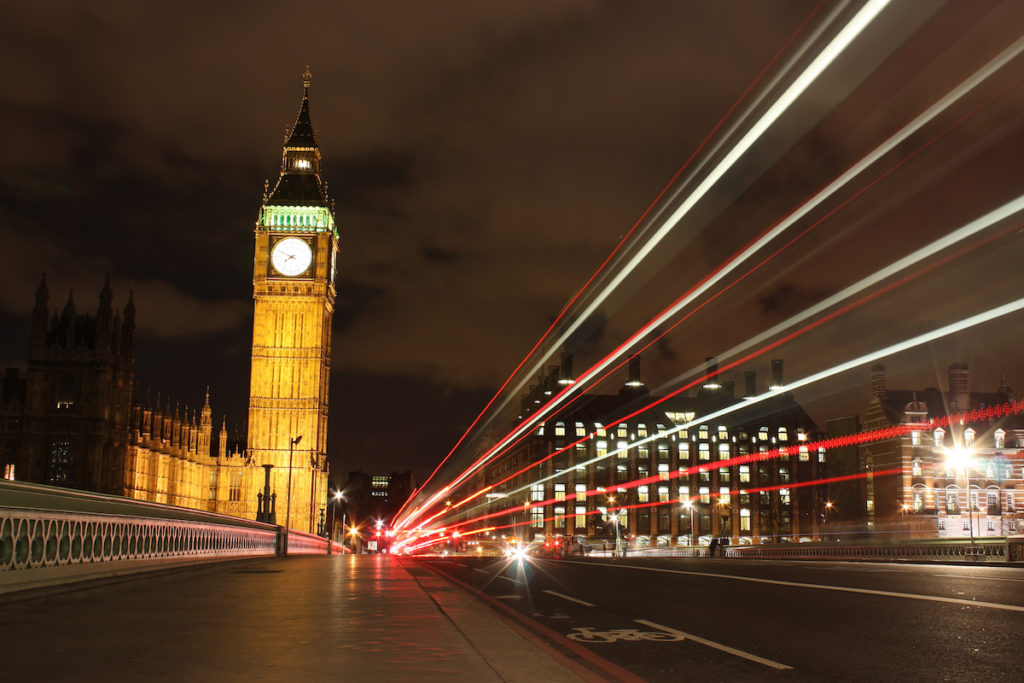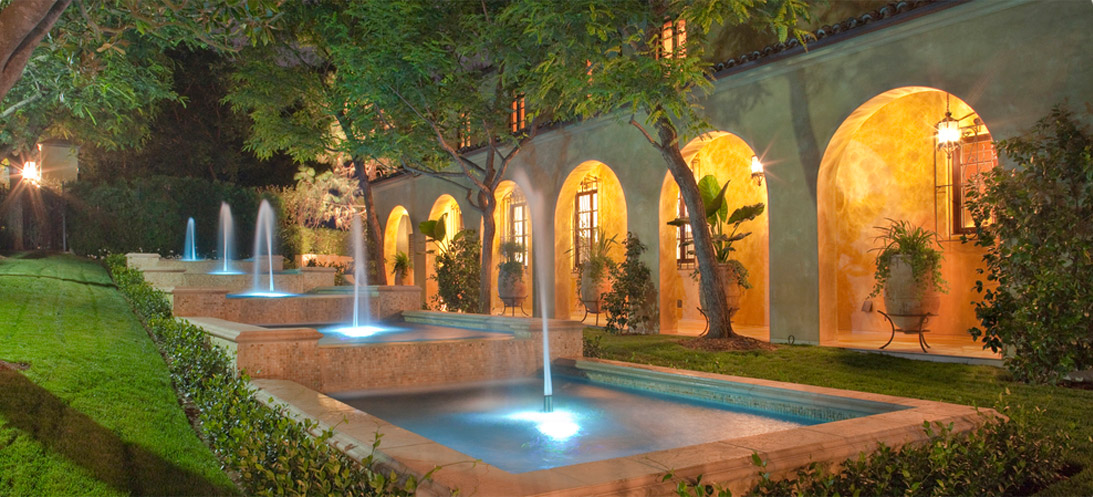
“When a man is tired of London, he is tired of life.”
Samuel Johnson
London is not a city of monuments but a metropolis of glances and slightly hidden surfaces. Once obscured by the fog, it now fades into the drizzle or creates the backdrop for the ebbs and flows of the crowd absorbed more in their phones than the streets they are walking through.
London is not characterized by any particular architectural style, having accumulated its buildings over a long period of time. Few structures predate the Great Fire of 1666, with notable exceptions including the Tower of London, Westminster Abbey, Banqueting House and several scattered Tudor survivors in the City of London.
The city itself contains a wide variety of styles, progressing through Wren’s late 17th-century churches and the financial institutions of the 18th and 19th century such as the Royal Exchange and the Bank of England, to the early 20th century Old Bailey and the 1960s Barbican Estate.
The city’s institutional framework has been severely ruptured and reinvented time and time again after fires, bombs, floods or wholesale redevelopment. Political unrest and racial conflict have resulted in riots, while successive rounds of investment and disinvestment have replaced elements of the built environment many times over.
By 2065, the UK population may rise by 25% to as much as 80.5 million, making it one of the EU’s most populous cities. This will create many challenges. There is a great opportunity for London to evolve and reinvent itself, fostering a better quality of life for their inhabitants.
Check out the latest book New London Architecture, by Edwin Heathcote, architecture and design critic of the Financial Times, and author of more than a dozen books.
Today’s Featured Real Estate
These fixtures were designed at the turn of the last century. Made in fine brass with bent forms, cast brass ornamentation, and slumped baroque glass.
Patina in a deep French Green. More photos available upon request.
by ADG Lighting, Gerald Olesker













